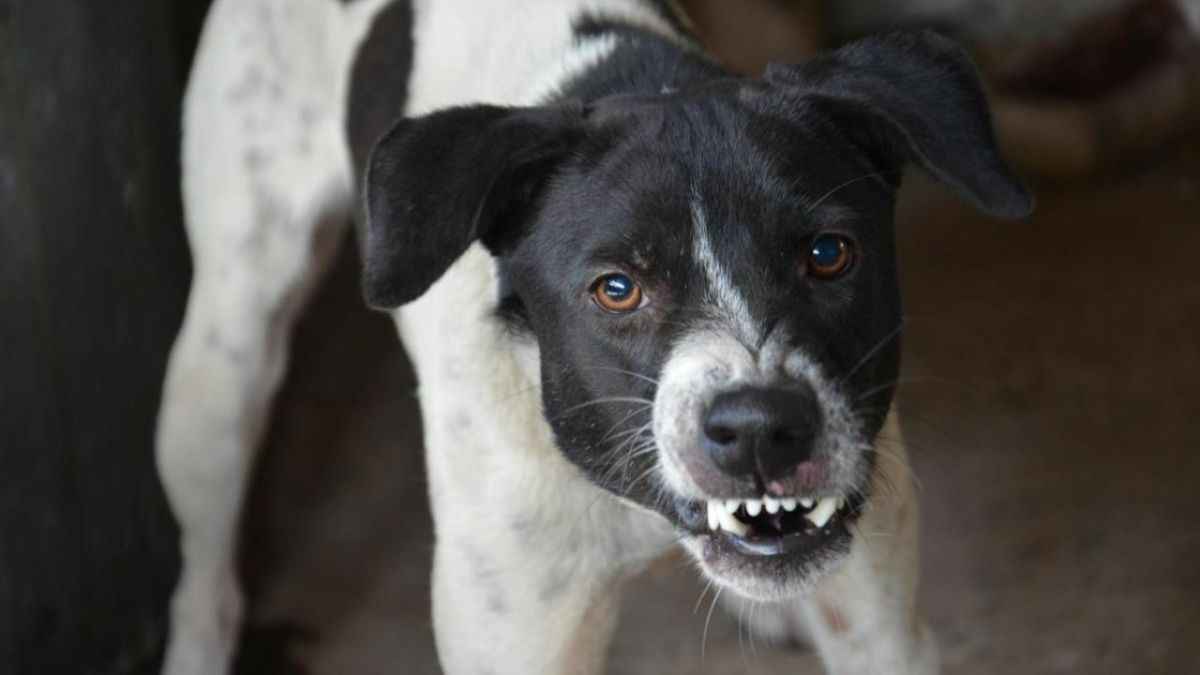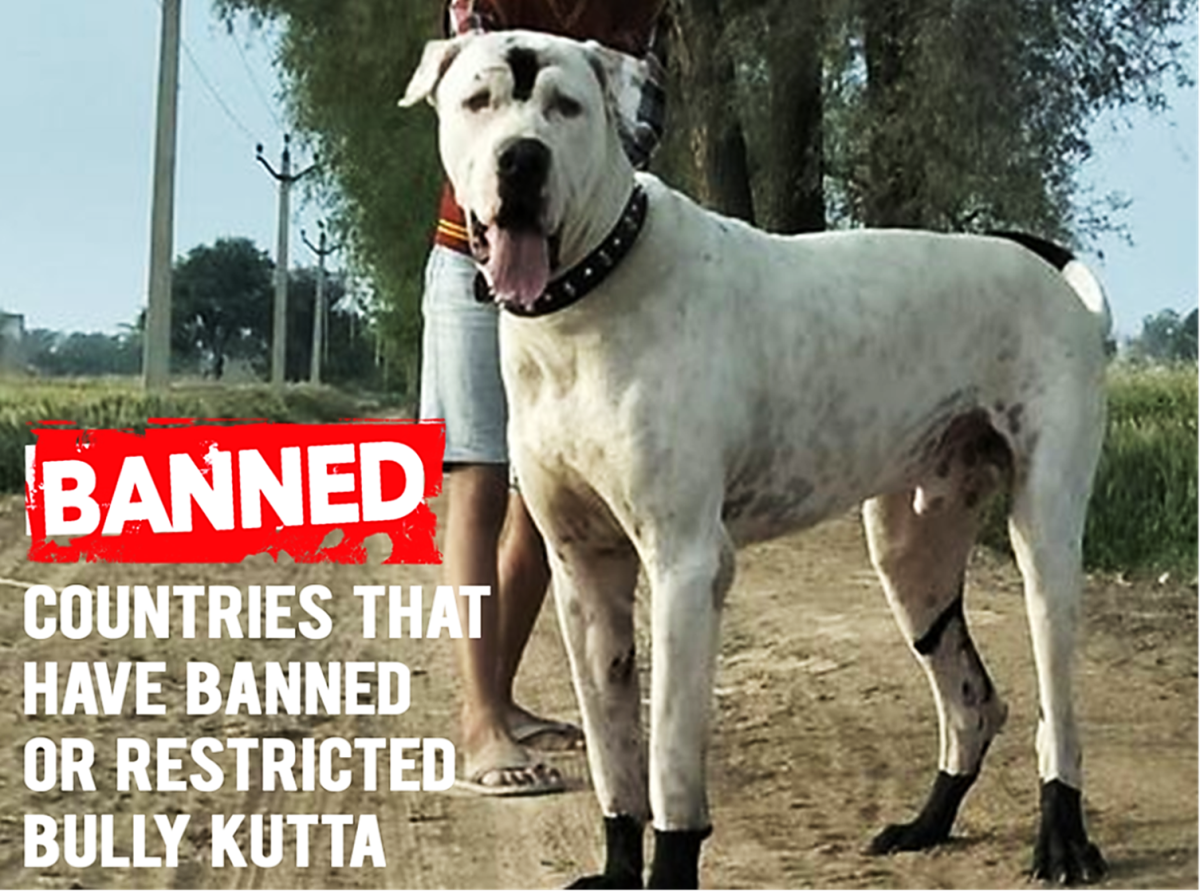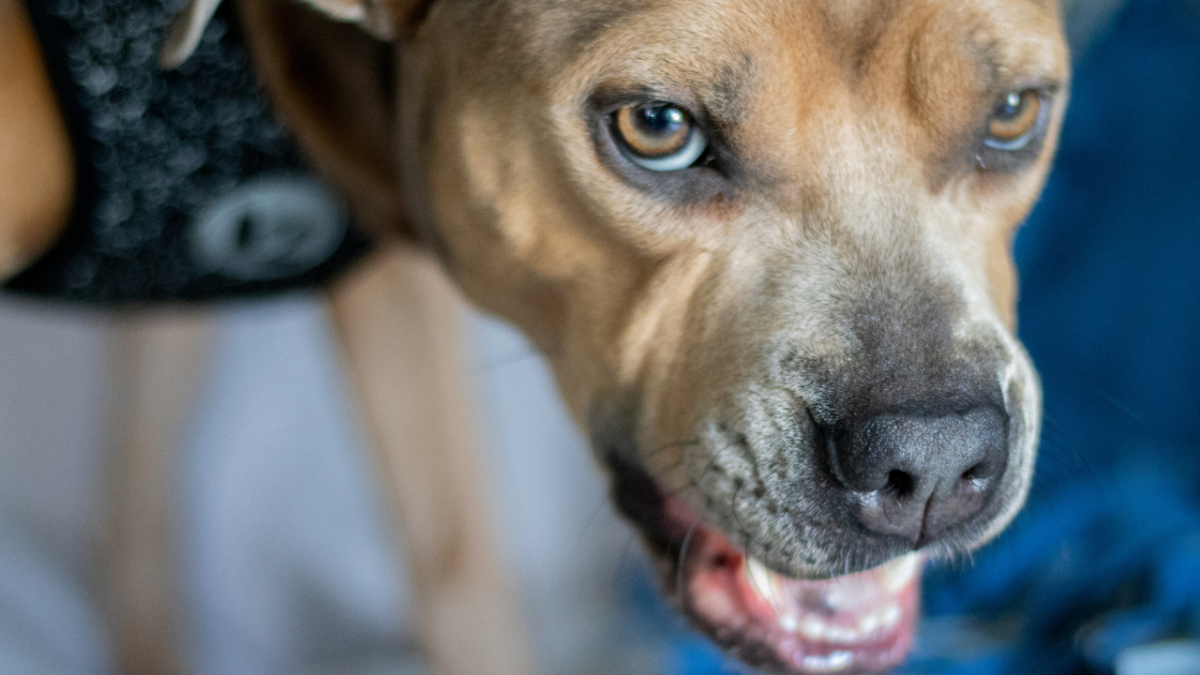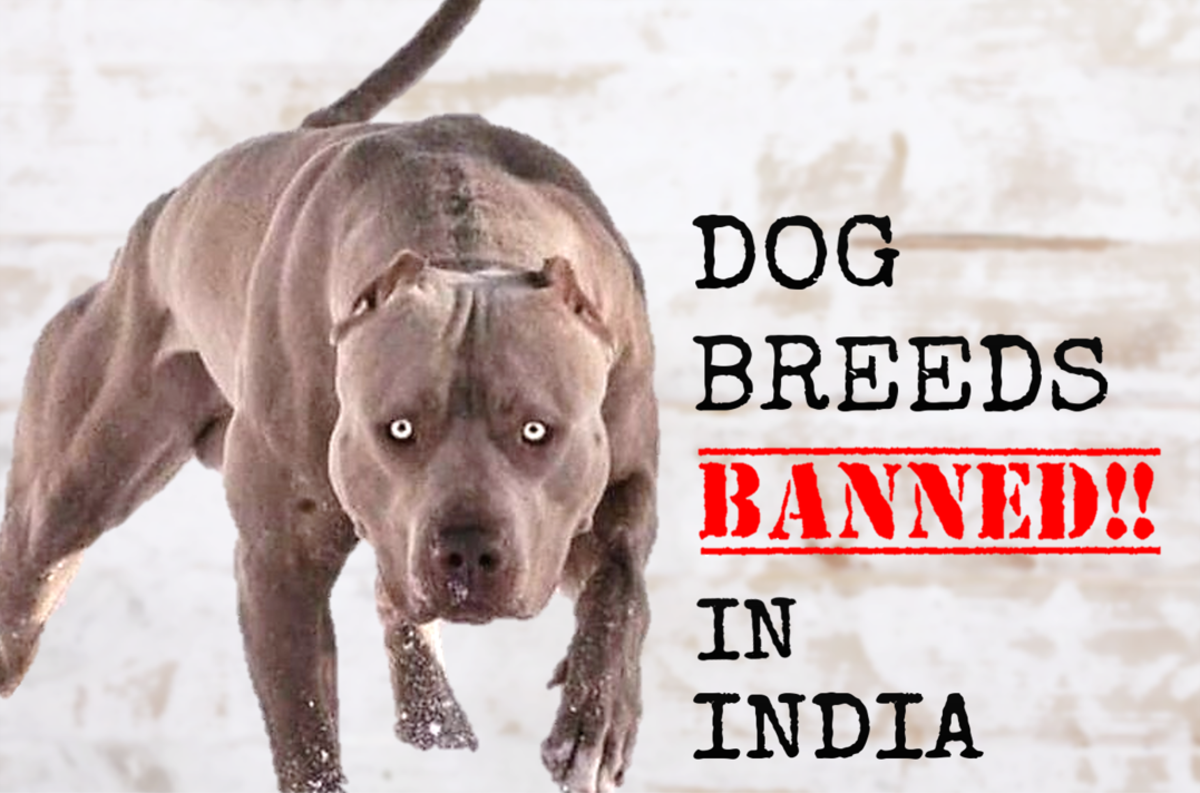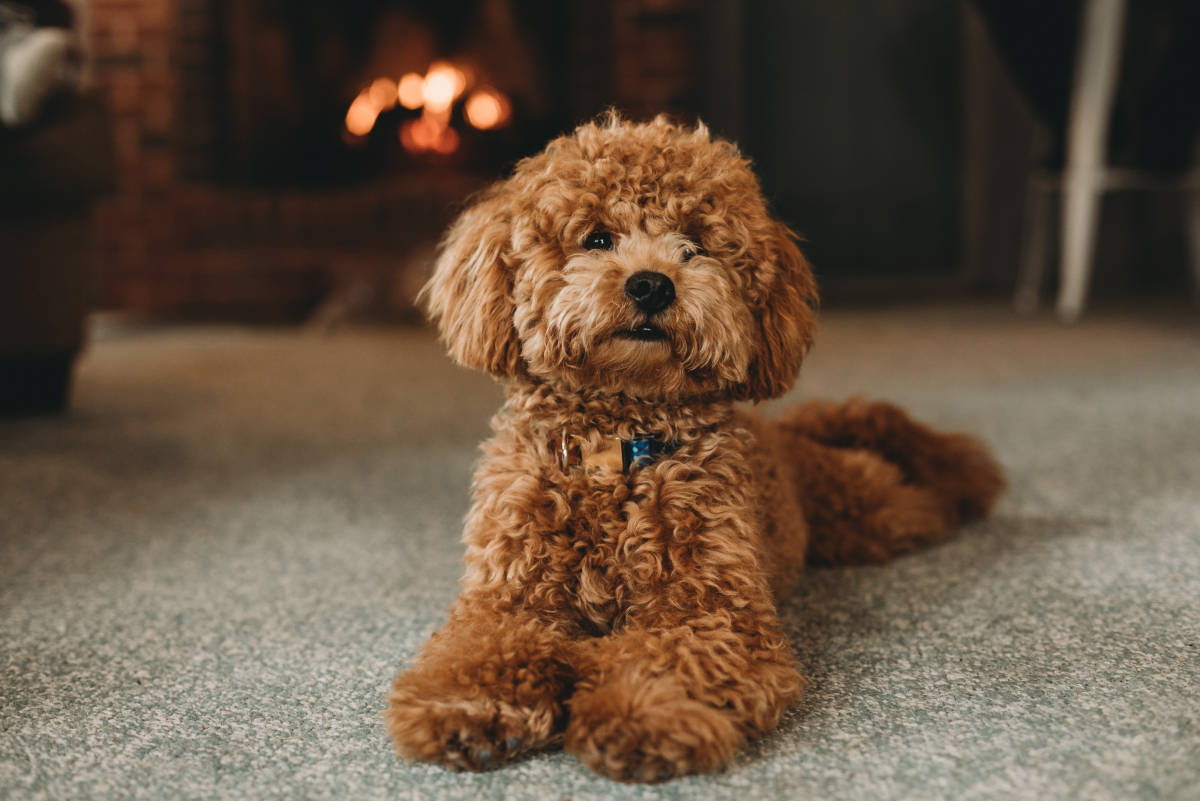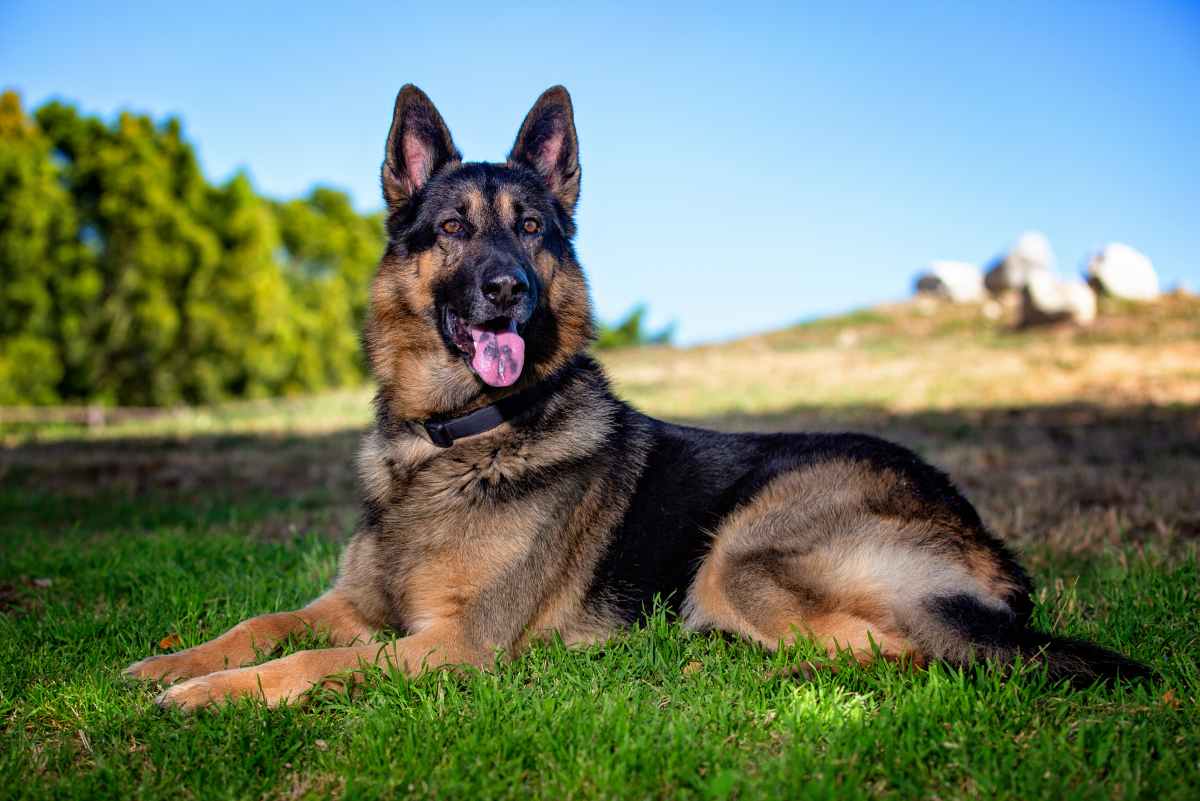How 'Dangerous Dog' Owners Can Avoid Fatal Attacks
Many people consider pit bulls to be one of the most dangerous dog breeds
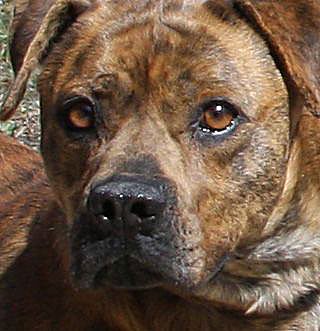
Dog fatalities can mean prison

Life can change in an instant
San Diego resident Carla Cornelio probably didn't envision a prison sentence when she acquired her two female pit bulls. Yet recently she was sentenced to four years in prison, fined $2,400.00 and ordered to pay restitution to the family of the woman her dogs attacked (who later died as a result of her injuries) in an as yet unnamed amount.
It's safe to say this 21 year-old woman's life will never be the same.
If you are the owner of a so-called "dangerous dog," i.e. American Pit Bull Terrier (or dog of pit bull type), American Staffordshire Terrier, Rottweiler, German Shepherd, Doberman Pinscher, Chow Chow, or for that matter, a dog of any breed that has ever shown aggression, you could suddenly find yourself in Carla Cornelio's predicament in several given sequences of events.
Contrary to popular opinion, dogs (even pit bulls) rarely attack without reason. There are usually warning signs, but the owner needs to be able to read them. In addition, there are certain circumstances, that, when present, make dog bites and dog attacks more likely to occur.
Several of the triggers that predispose dogs to bite are outlined below. May the wise "dangerous dog" owner take all necessary precautions to avoid a becoming legally responsible for a fatal dog attack!
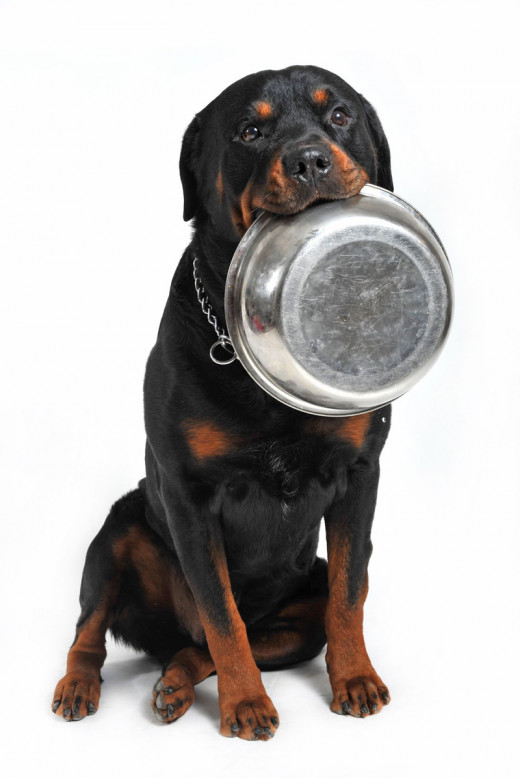
Feed your dog regularly and well
Sometimes in life we get overwhelmed, or life circumstances occur that cause one area or another of our responsibilities to be neglected. When you own a dog with the potential to be a threat, keeping that dog well fed must be elevated in importance to the point that it is never neglected. Ideally the dog will be fed an adequate amount of high quality food at a set time each day (so that he knows what to count on).
Additionally, dogs with bite potential should be fed in a crate or other isolated circumstance. Some dogs are "resource guarders" and food is considered a primary resource. Feeding the dog in a crate provides security, and the dog is less likely to feel threatened by people or pets who walk past while he is eating.
To say to feed your dog regularly might seem to be stating the obvious, but it is worth noting that statistically, a significant number of dog bite fatalities have involved dogs that were abandoned, under-nourished, or downright starving. The dogs that killed Carla Cornelio's neighbor were mal-nourished and believed to be hunting for food.
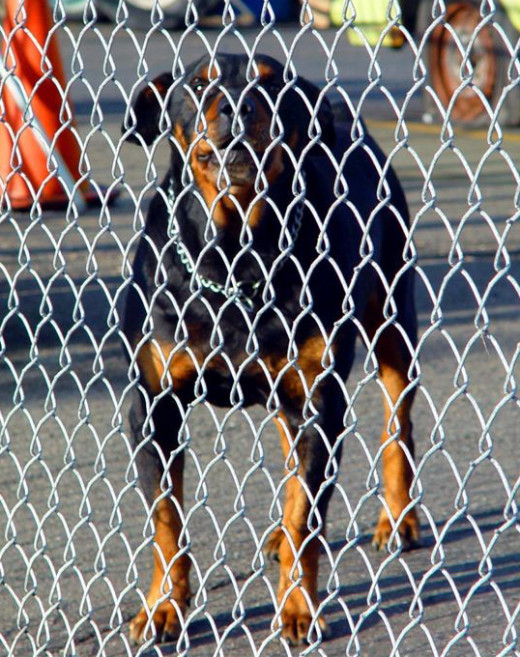
Securely confine your dog
When you own a dog the public perceives as potentially dangerous, the importance of confining him securely cannot be emphasized enough. The strongest fencing widely available is chain-link. It is important that it be high enough that the dog will not jump over it. Some dogs will climb a fence, and corners are the easiest place for a dog to climb. Climbers can be discouraged by placing a "ceiling" of chicken wire across the top of the right angle of the corner ... when the dog reaches the top his head hits the "ceiling".
Periodically inspect your dog's enclosure for holes in the wiring, and for weakness, or signs of digging. Look for uneven ground. Escape prone dogs will quickly exploit a perceived weaknesses, and dogs frequently see a dip in the ground as an invitation to dig an exit. Depressions should be filled with dirt, gravel or concrete, and it's not a bad idea to either bury the bottom of the fence in concrete or to stake it down with the longest possible tent stakes at short intervals.
Should the worst occur and your dog escape, these efforts show that you put forth a good faith effort to keep him adequately confined.
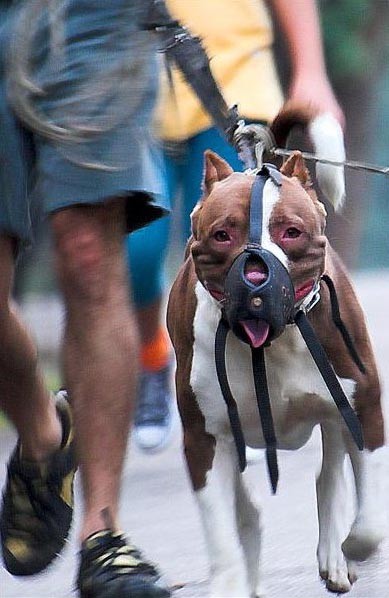
Proper restraint
If you own a dog that has shown aggression in the past, or one that is more than you feel you can control, or one that, when in public, people frequently steer clear of or show fear toward, have him wear a properly fitting basket muzzle when in out and about. These humane muzzles allow a dog to eat, drink and pant without restraint, but prevent him from biting. Should he escape you or attack someone while you are out, the harm he is able to inflict will be minimized, and people will appreciate the measure you have taken to ensure their safety. Properly restraining your dog with a leash and muzzle demonstrates to the world you are taking responsibility for yourself and for your dog.
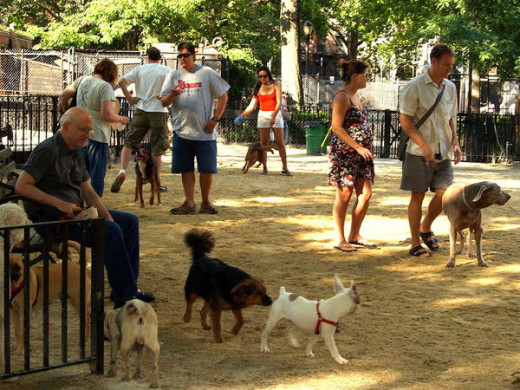
Socialize your dog from puppyhood
Dogs are much like children in that the greater number of places, people, and situations they are exposed to with proper support, and the greater the number of skills they learn, the more confident they become in unknown situations. It takes a concerted effort on the part of the breeder and new owner to bring this desired confidence into existence.
Ideally, the dog's breeder will have given it Early Neurological Stimulation (ENS) from the third to sixteenth day of its life. ENS is an outgrowth of a dog enrichment methodology originated by the US military and known to the public as the "Super Dog" program. It identifies a specific period of time in which particular stimulation provides optimum results that will benefit the dog for the rest of its life. ENS is widely used by top breeders of exemplary show and performance dogs. From the time the puppies' eyes open, they should be deliberately and systematically exposed to multiple people (ages, races, sexes, ... new and different people all the time), surfaces (grass, wire, gravel, sand, plastic, tile, glassy linoleum, dirt, straw, concrete, carpet, etc.), animals (other dogs of different breeds, cats, birds, farm animals of all sorts, etc.), environments (other homes, cars, stores, outdoor places, etc.), experiences (tunnels, wobble boards, various scents, tastes, toys) and noises (pots and pans, thunderstorms on CD, dog show noises on CD for future performance dogs, etc.).
The importance of a puppy having as wide a variety of experiences as is reasonably possible before its first fear imprint period begins cannot be emphasized enough. This is the "window" in which the quality of the dog's future personality and stability of temperament is made.
It is equally important that the puppy's new owner build upon this foundation by continuing to give the puppy opportunity to develop its social skills in a variety of new places and with new people through puppy classes, visits to public places, etc. at least two or three times per week for at least the first year of the dog's life.
Dog training is fun for dog and handler and beneficial to your dog
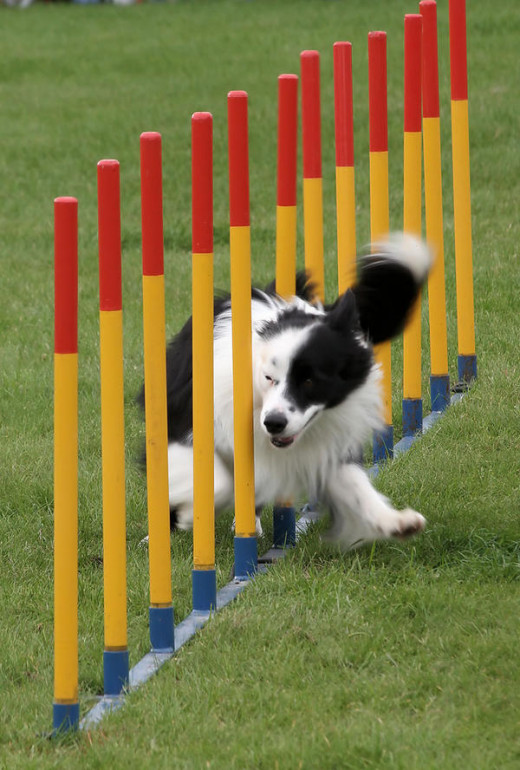
Train your dog
Dog training offers dog owners benefits that reach well beyond the obvious advantages of having a dog that sits, stays, lies down and comes on command. When a dog owner trains his dog, he is also building a relationship.
Karen Delise, founder and Director of Research of the National Canine Research Council and author of The Pit Bull Placebo: The Media, Myths and Poltics Behind Canine Aggression and Fatal Dog Attacks: The Stories Behind the Statistics is the nation's leading expert on dog aggression and dog bites. She has long distinguished between family dogs and what she calls "resident" dogs, which are dogs owned by a family, but who live outside of it, on a chain or in a pen. A resident dog's life is largely spent outside of the family and it is generally under-socialized and not able to read the subtle communication cues that family dogs read with ease.
In a 2001 study by the researchers at the Department of Ethology at Eötvös Loránd University in Hungary, it was demonstrated that family type dogs tend to seek contact with their owners more frequently than do resident type dogs when being approached by a person. The authors of the study made the conclusion that dogs make "strategic behavioral decisions" based upon the relationship they have with people. The dog that belongs to a family, who is well socialized and skilled in reading verbal and behavioral cues is more likely than a resident dog to defer to the judgment or commands of his owner. The resident dog, lacking this important exposure to humans and the ability to read them accurately, is more likely to take matters into its own hands, or in this case, paws.
Dog training is quality time spent, and the trained dog is much less of a threat than an un-socialized and un-trained dog.
Mothers of nursing puppies tend to be protective and thus more dangerous
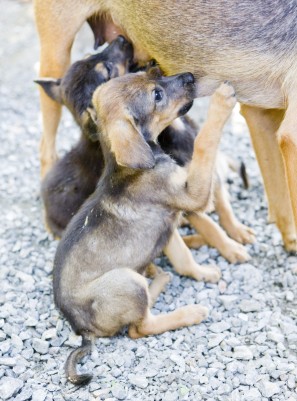
Special circumstances in which to be aware
Is the dog new to you or to the environment?
Few people realize the stress a dog endures when brought into a new environment. MANY dog attacks occur when a person familiar with a particular setting enters, and where a dog unfamiliar with, and new to the environment, is in residence. Special precautions should be taken to confine a dog who is new to his environment when people who are strange to the dog come to visit.
Is the dog a new mother or in season?
As with people, female dogs who are in season or who have recently given birth are "hormonal" and therefore, sometimes unstable. A female dog in season is much more likely to show aggression than one who is not in heat, or who has been surgically altered. A mother dog with nursing puppies is perhaps one of the most formidable opponents on the planet. If a dog owner does not have specific plans for breeding his dog, he or she should give grave consideration to the many benefits (health and otherwise) to having their dog spayed or neutered.
Does the dog feel good?
Again, just as with people, dogs that don't feel good, or who have joint issues and are "ouchy" are more likely to be easily irritated, to snap, bite, or "go off" on the person or animal that they perceive as a threat or irritant. Many dogs have chronic allergy issues and/or joint problems and it should be noted that dogs who don't feel good, whether they be injured, ill, have arthritis, etc. are more likely than other dogs to show aggression to those to whom they are in proximity.
Take extra precautions with infants and the elderly!
The majority of fatal dog attacks involve children and elderly people. If you think about it, it makes sense ... infants, children and old people look different, smell different, sound different and move differently than normal adults. Dogs often see infants as a type of prey. They exude vulnerability and exert no authority. Dogs are hard-wired to take advantage of vulnerability and to respond to authority. It's not a bad policy to simply never leave an infant alone with a dog, period.
Children present another type of challenge. They run, they shriek, and the movement and sound both can elicit a dog's prey drive. Children also tend to do everything "wrong" so far as dog language is concerned. They stare into a dog's eyes, they face it full front on, and they want to reach over the top of a dog's head to pet it (which in dog language is telling the dog, "I'm dominant over you." Some dogs will react to this scenario by saying, "Oh, no you're not!" This must be avoided at all costs.
Children should be educated in reading dog language and in how to behave around dogs. They should also be supervised by adults. While the family's lazy Lab might be perfectly safe around the family's children, the circumstance could be entirely different at a birthday party, or in a neighbor's home.
Guide to Dog Body Language
What is your dog telling you?
Your dog is constantly communicating to you. Do you read him? That is the question.
If you own a dog with "issues" or a dog of a so-called "dangerous breed" it is important you become well versed in dog language.
Your dog is always talking to you. It is up to you to learn what he is saying.
Fortunately, there is a plethora of information available on the Internet, so please, avail yourself of it, and learn to read your dog, and even more importantly, learn what you should be saying back to him.
Dogs are like two year-olds. They want to know where the boundaries lie, and who is in control.
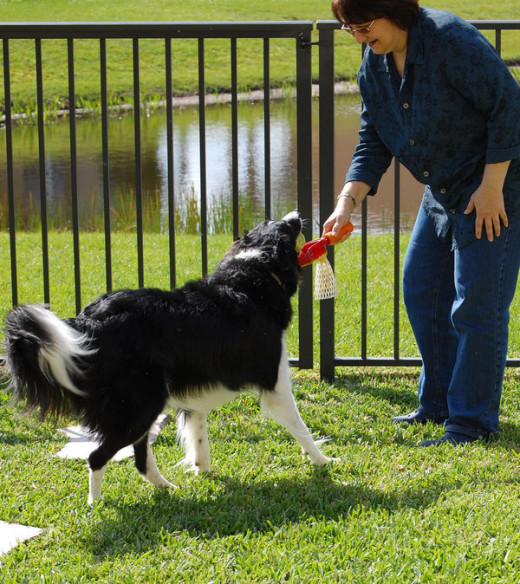
Breeding and genetics
Temperament is an important factor to take into consideration when making the decision to breed a dog. Others are health related: eyes, hips, elbows, heart, etc. The genetic testing that should be performed before breeding is individual to each breed of dog. A great starting place for people who are contemplating breeding is the AKC's Canine Health Information Center (CHIC). The American Kennel Club will issue a CHIC number, individual to each breed of dog, certifying that any given dog has completed the health testing requirements considered necessary for that breed of dog to be considered worthy, health-wise, to reproduce.
The quality of a dog's overall health is an influencing factor upon his temperament.
Sometimes the best thing ....
Finally, the sad truth is, that for whatever reason, be it poor breeding, neglect, rage syndrome, abuse ... the reason doesn't really matter ... some dogs are too great a liability to let live. As much as we love our dogs, they are not human; they are not created in the image of God as are human beings. God gave Adam authority over all animals. Therefore, humans have the responsibility for caring about the welfare of animals. However, when an animal threatens the life of a human, sometimes the best thing for both the human and the animal is for the animal to be humanely put to sleep.
Additional Info
- What's wrong with breed specific legislation?
What's wrong with breed-specific legislation? Many things. There's not a sane person in America whose heart does not break over news such as yesterday's when someone is unnecessarily hurt. - Rabies Challenge Fund (video)
On this episode, Dr. Jean Dodds talks about the Rabies Challenge Fund. - Things to Know About Approaching a Strange Dog
This article provides a quick overview of what one should know when approaching a strange dog. Keep yourself and your loved ones safe by learning to read dog behavior!
© 2013 Brett Winn


